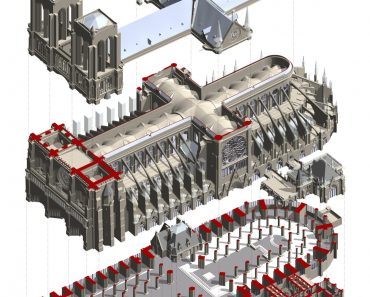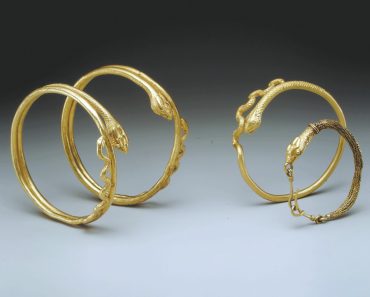After decades of searching, archaeologists believe they have finally unearthed the legendary Trojan city of Tenea. According to a report in ATI, excavations have revealed physical evidence supporting the existence of a city previously known only from Greek myths and historical texts.
“Tenea was built by the Trojans after the end of the Trojan War, according to the myth,” said archaeologist Elena Korka, who leads Greece’s Office for Supervision of Antiquaries and Private Archaeological Collections.
For over 30 years, Korka and her team have pursued the elusive city, which ancient Greek texts describe as having been founded by Trojan prisoners following their defeat by Odysseus, the king of Ithaca. Now, after more than three millennia, the first concrete proof of Tenea’s existence has come to light.
The remnants of Tenea were discovered near the southern Greek village of Chiliomodi, where excavations uncovered a vast residential area spanning over 670 meters (733 yards). The site contained well-preserved marble, stone, and clay floors, along with beams, small columns, storage spaces filled with jugs, and even the tombs of two infants.
Earlier discoveries in the region had already hinted at the city’s reality, but these latest findings confirm that Tenea was not only real but also prospered.
Korka’s interest in the site dates back to 1984, when she and her team unearthed a sarcophagus near Chiliomodi. That discovery fueled her determination to return and investigate further.
“After I uncovered the sarcophagus, I knew I had to go back for more,” Korka said.
Nearly three decades later, in 2013, she reunited with her original team and resumed excavations in the area. The breakthrough came in September 2018 when archaeologists uncovered an ancient road leading to a burial ground containing the remains of two men, five women, and two children—one of whom was buried alongside a woman, likely its mother.
Following the road northward, they found the first unmistakable traces of Tenea itself. Clay pipes discovered at the site suggest that the city was well-planned and developed as a long-term settlement. Korka theorizes that Tenea’s origins may date back to the Mycenaean era and that it was a city of considerable wealth.
According to a statement from the Greek culture ministry, Tenea thrived economically during the reign of Roman Emperor Septimius Severus (193–211 A.D.), but was eventually abandoned in the sixth century.
“It is significant that the remnants of the city, the paved roads, the architectural structure, came to light,” Korka told ATI. “We’ve found evidence of life and death… and all this is just a small part of the history of the place.”







